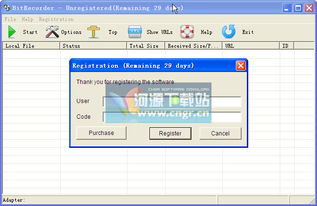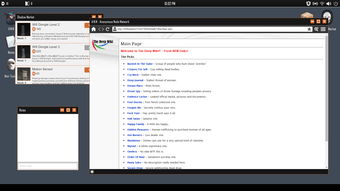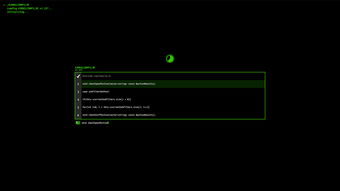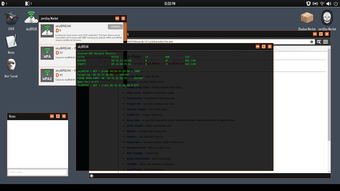
With the increasing demand for convenience and efficiency in the digital world, no-install software has gained significant popularity. This article aims to provide a comprehensive guide to understanding and utilizing no-install software, highlighting its benefits, types, and best practices.

No-install software refers to applications that can be used without the need for a traditional installation process. These programs are often distributed as portable files, allowing users to run them directly from a USB drive, external hard drive, or even a network location. This eliminates the need for complex installation procedures and system compatibility issues.

There are several advantages to using no-install software:
Convenience: Users can easily access and use the software without the hassle of installation.
Portability: No-install software can be easily transferred between devices, making it ideal for use on multiple computers or while traveling.
System Compatibility: These programs are often designed to be compatible with various operating systems, reducing the risk of conflicts or errors.
Privacy: No-install software does not require installation on the host system, which can help protect user privacy and data security.

No-install software can be categorized into several types based on their functionality:
Utility Tools: These programs are designed to perform specific tasks, such as file compression, disk cleanup, or password management.
Productivity Applications: No-install productivity applications include text editors, spreadsheet tools, and presentation software.
Entertainment Software: These programs are designed for leisure activities, such as games, media players, or photo editors.
Development Tools: No-install development tools include compilers, debuggers, and other programming utilities.

When using no-install software, it's essential to follow best practices to ensure a smooth and secure experience:
Download from Trusted Sources: Always download no-install software from reputable websites or developers to avoid malware or viruses.
Keep Software Updated: Regularly update the software to ensure it remains secure and compatible with your system.
Backup Important Data: Before using no-install software, make sure to backup any important data to prevent loss or corruption.
Use Antivirus Software: Install and maintain antivirus software to protect your system from potential threats.

No-install software offers numerous benefits, including convenience, portability, and system compatibility. By following best practices and downloading from trusted sources, users can enjoy a secure and efficient experience with no-install applications. As the digital world continues to evolve, no-install software is likely to become an even more integral part of our daily lives.

no-install software, portable applications, system compatibility, best practices, utility tools, productivity applications, entertainment software, development tools